Apart from food, so many of us have been brought up with folktales when we were children. Our grandparents, visiting guests and our parents have been serving folktales like bowls of rice broth to entertain and enlighten us whether by the fireside or as bedtime stories. In Tangkhul there is no specific word for folktales but the word “khararchan” is used which means “ story, account, history, tale, romance, fable.”
Folktales serve as the cultural backbone of any society, encapsulating its beliefs, values, and historical consciousness. In the case of the Tangkhul Naga community of Manipur, folktales are more than mere stories; they are repositories of indigenous knowledge, ethical frameworks, and ecological wisdom. However, as globalisation and modernisation exert increasing pressure on traditional ways of life, there is an urgent need to revisit these narratives and recognise their continuing relevance in contemporary society. This article explores how Tangkhul folktales remain integral to cultural preservation, moral education, environmental consciousness, feminist discourse, and creative adaptations, demonstrating their multifaceted significance in the modern world.
Preserving Identity and Cultural Heritage
Tangkhul folktales function as vital tools in preserving linguistic and cultural identity. Many of these stories are transmitted orally in the Tangkhul language, ensuring the retention of indigenous linguistic structures and idioms. In a time when languages are rapidly disappearing due to the dominance of global languages, the preservation of Tangkhul folktales becomes a critical act of cultural resistance. These tales reinforce a sense of belonging, particularly among younger generations who are increasingly distanced from their ancestral roots. The significance of these narratives extends beyond the Tangkhul community, contributing to the broader discourse on indigenous cultural sustainability.
Ethical and Moral Education
A fundamental aspect of folktales is their didactic function, imparting moral and ethical lessons that are relevant across generations. Tangkhul folktales are replete with themes of honesty, courage, loyalty, and community responsibility. For instance, in Phayam Raleng’s book Thingreipam, we find folktales along with their corresponding moral. For example, the story of a man turning into a dog, from which the popular proverb of “Khamatha sashi chila fava onkahai” is derived, recounts the cautionary tale of greed. In a world grappling with ethical dilemmas in various spheres, from politics to technology, these narratives offer timeless wisdom that can be incorporated into contemporary ethical discussions and educational curricula.
Historical Insights and Continuity
Folktales provide valuable insights into the historical and socio-cultural evolution of the Tangkhul people. Many of these narratives predate the introduction of Christianity to the region in the early 20th century, offering glimpses into pre-Christian religious beliefs, ritual practices, and social structures. By analysing these folktales, scholars can trace the shifts in worldview that have accompanied religious and cultural transformations over time. The continued study and documentation of these stories ensure that aspects of Tangkhul history are not lost to the forces of cultural assimilation.
Environmental Awareness and Ecological Consciousness
One of the most striking aspects of Tangkhul folktales is their deep reverence for nature. Many stories, such as “Chao Ngalung” from Halang village and “Kashong Philava” from Shirui village, feature spirits inhabiting forests, rivers, and mountains, emphasising the interconnectedness between human beings and their environment. These narratives serve as ecological parables, warning against the consequences of exploiting natural resources. In the contemporary era, where environmental degradation and climate change pose existential threats, the wisdom embedded in these folktales provides indigenous perspectives on sustainable living and environmental ethics.
Feminist Reinterpretations and Gender Discourse
A critical reassessment of Tangkhul folktales through a feminist lens reveals the presence of strong female protagonists and deities. Stories such as those of “ Bear’s Bride” or of “Kashong Philava” or “Achon Leimava” challenge conventional patriarchal narratives by portraying women as powerful, autonomous, and transformative figures. By bringing these stories into contemporary feminist discourse, we can highlight indigenous conceptions of gender roles and empower women within the community to reclaim their voices and histories.
Creative Adaptations and Modern Storytelling
Folktales have always been dynamic, adapting to new contexts while retaining their essence. In recent years, Tangkhul folktales have inspired contemporary storytelling forms, such as literature and digital media. Writers and artists are reinterpreting these traditional narratives, making them accessible to wider audiences while keeping them relevant to modern sensibilities. A YouTube content creator who goes by the name Arim Zimik Sky has been narrating Tangkhul folktales on her YouTube channel, thereby making these tales accessible to anyone who can speak Tangkhul across the globe. Such adaptations ensure that these stories remain a living tradition rather than relics of the past.
Legal Relevance in Land Rights and Community Claims
Tangkhul folktales often reference sacred landscapes, ancestral territories, and the community’s deep relationship with the land. In an era of increasing land disputes and legal battles over indigenous territories, these narratives serve as cultural evidence supporting land claims. By recognising folktales as integral to traditional land-use practices, legal frameworks can incorporate indigenous knowledge into policy-making and conflict resolution.
The Role of Digital Archiving in Preservation
Given the gradual decline of oral storytelling traditions, digital archiving emerges as a crucial strategy for preserving Tangkhul folktales. Institutions, scholars, and community organisations must collaborate to document, transcribe, and disseminate these narratives in digital formats. Online repositories, podcasts, and multimedia storytelling platforms can bridge generational gaps and ensure that these tales remain accessible for future researchers and community members alike.
Tangkhul folktales are not just echoes of the past but living narratives that continue to shape contemporary discourse on identity, ethics, ecology, gender, creativity, and legal rights. Their relevance extends beyond the Tangkhul community, offering valuable lessons for global conversations on cultural preservation and sustainable living. Recognising the importance of these folktales and actively engaging in their study, documentation, and adaptation is not merely an academic endeavour but a necessary step towards safeguarding intangible cultural heritage for future generations.
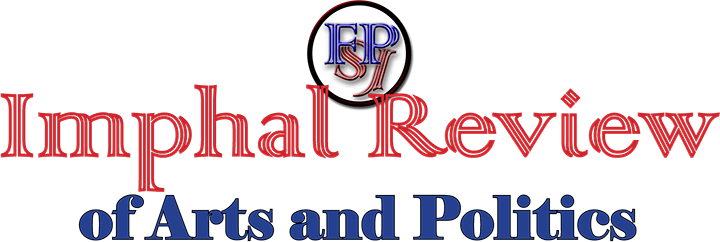

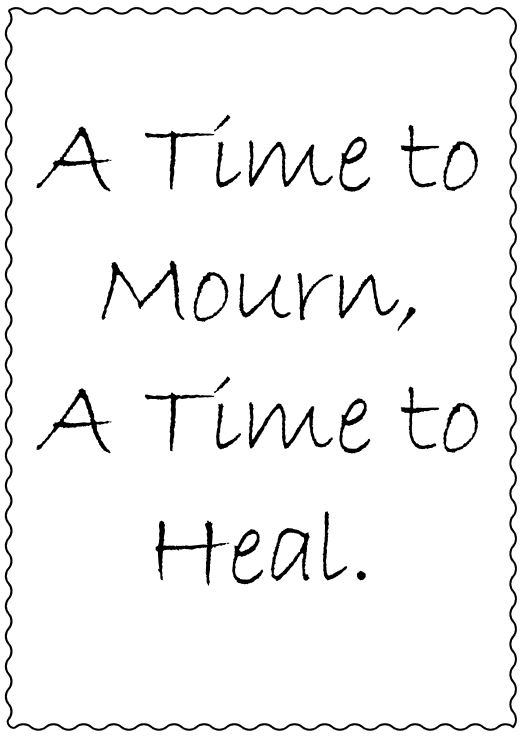
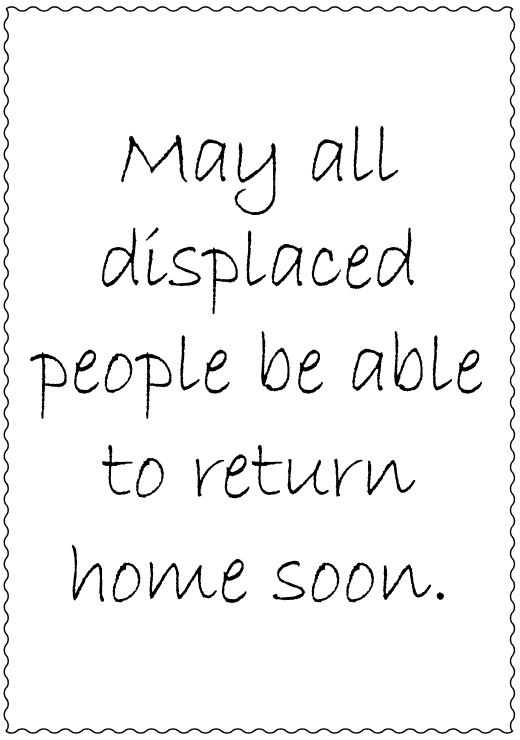
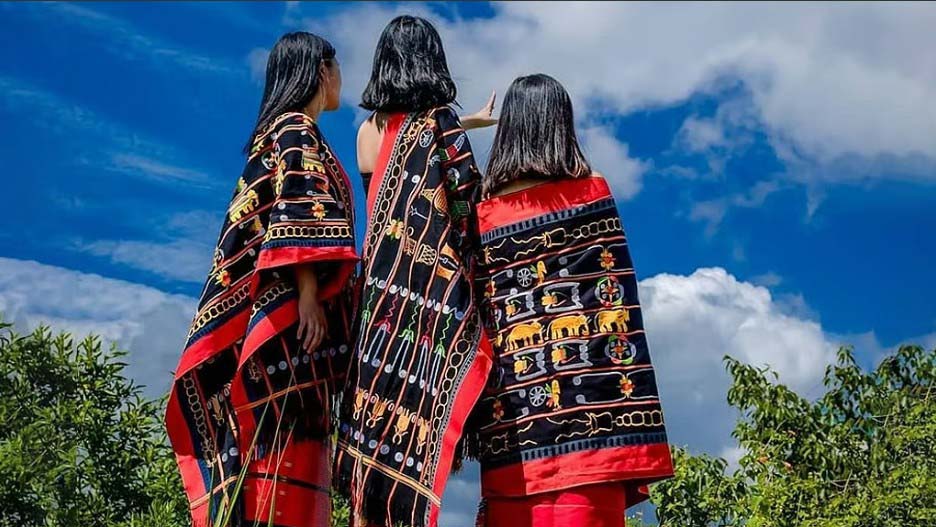


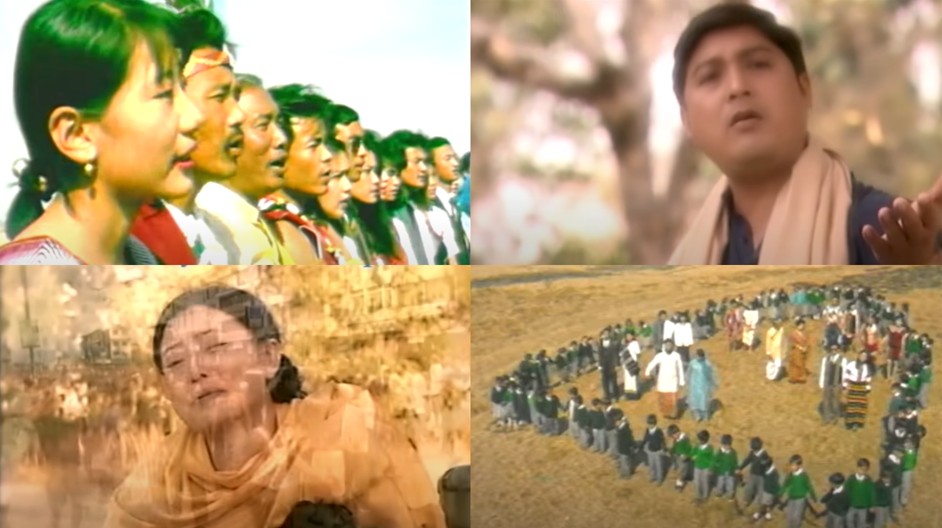
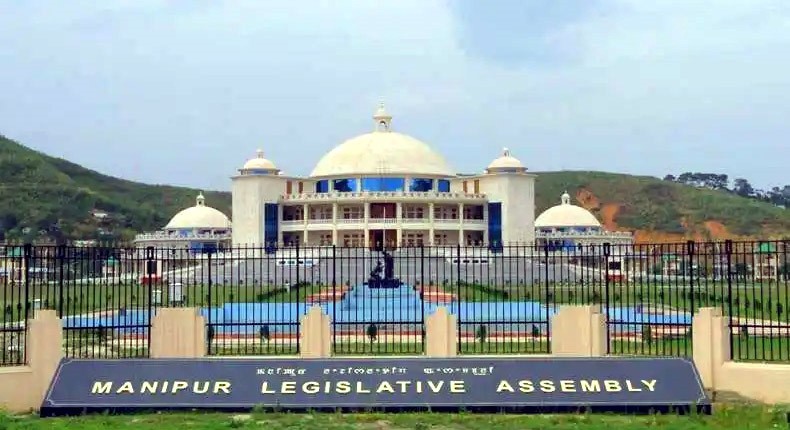
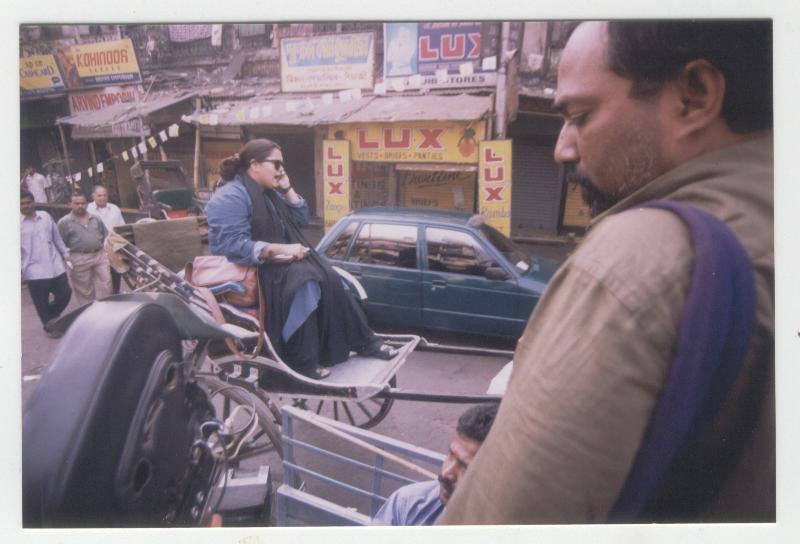
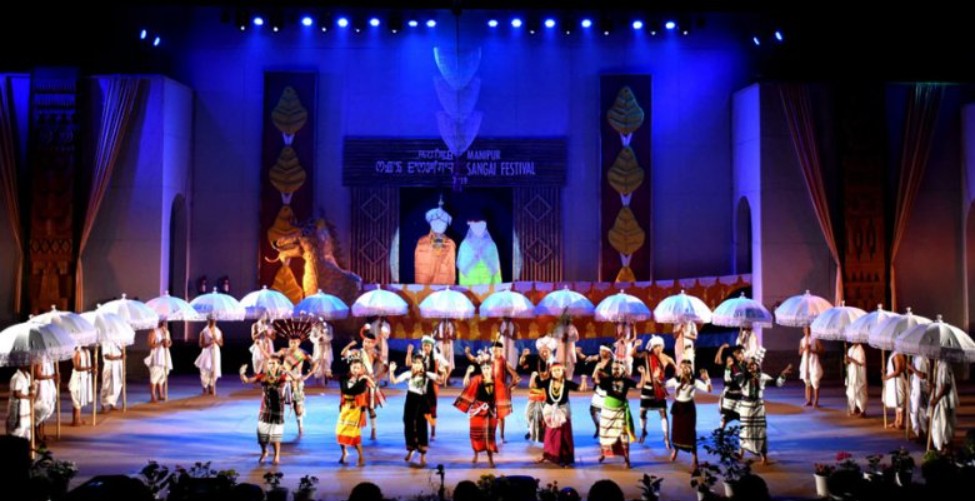


1 thought on “The Enduring Relevance of Tangkhul Folktales in Contemporary Society”
Well written, Miss @Sareo Leiyachon, so proud of you.
Comments are closed.